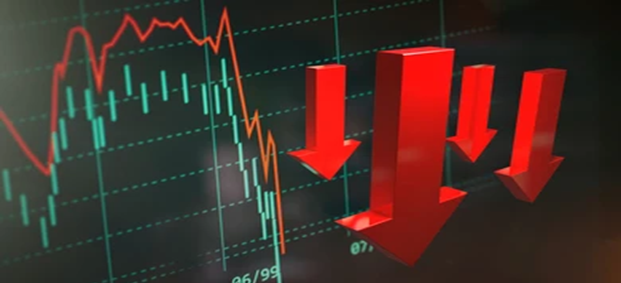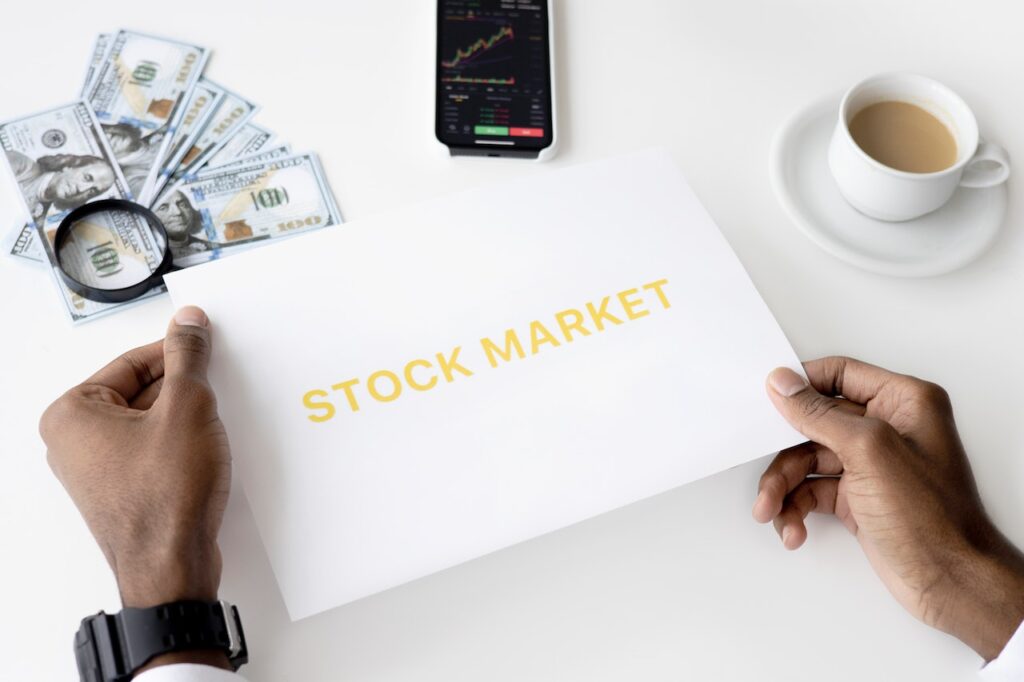The forex market is massive, with a daily trading volume exceeding $6 trillion. This astonishing figure highlights the vast opportunities available to traders. However, the complexity of forex trading can be overwhelming for beginners. Grasping essential terminology is crucial for navigating this intricate landscape effectively. This glossary aims to define key forex terms, empowering newcomers to trade with confidence.
Understanding Basic Forex Concepts
Currency Pairs Explained
In forex trading, currencies are always quoted in pairs. Major pairs include USD/EUR and GBP/USD, typically featuring the most traded currencies. Minor pairs consist of less popular currencies, like AUD/NZD. Exotic pairs involve one major currency paired with a less commonly traded currency, such as USD/THB.
A pip is the smallest price movement in a currency pair. For most pairs, one pip is equal to 0.0001. For example, if the EUR/USD moves from 1.1500 to 1.1501, it has moved one pip. Pipettes offer even more precision, adding an additional decimal place.
Leverage and Margin
Leverage allows traders to control larger positions with a smaller amount of capital. For instance, a 100:1 leverage means you can control $10,000 with just $100. This can magnify profits, but it also increases potential losses.
Margin is the amount of money needed to open a leveraged position. If you use leverage, it’s vital to manage your margin wisely to avoid margin calls, where your broker demands more funds to maintain your position.
Essential Order Types in Forex
Market Orders vs. Limit Orders
A market order buys or sells a currency at the current market price. It’s quick but may result in slippage during volatile periods. For instance, if you place a market order to buy EUR/USD at 1.1500, but the price jumps to 1.1505, you will buy at the higher price.
A limit order sets a specific price at which you want to buy or sell. This can be beneficial for trading at precise levels, but it may not execute if the market doesn’t reach your set price.
Stop-Loss and Take-Profit Orders
Stop-loss orders minimize risks by automatically closing a position if it loses a certain amount. For example, if you buy GBP/USD at 1.3000, setting a stop-loss at 1.2950 limits your loss to 50 pips.
Take-profit orders lock in profits by closing a position once it reaches a predefined level. Setting these orders smartly can help capture gains while allowing some room for market fluctuations.
Pending Orders
Pending orders are instructions to buy or sell when a specific price is reached. There are four main types:
- Buy Stop: A buy order that activates above the current market price.
- Buy Limit: A buy order that triggers below the market price.
- Sell Stop: A sell order that activates below the current price.
- Sell Limit: A sell order that triggers above the market price.
Using these strategically can enhance your trading effectiveness.
Analyzing the Forex Market
Technical Analysis Terminology
Technical analysis involves studying price charts and indicators. Key terms include:
- Moving Averages: These smooth out price data to identify trends.
- RSI (Relative Strength Index): Measures whether a currency is overbought or oversold.
- MACD (Moving Average Convergence Divergence): Highlights potential buy and sell signals based on moving averages.
For more detailed insights into technical analysis, consider visiting Investopedia.
Fundamental Analysis Concepts
Fundamental analysis evaluates economic data to predict currency movements. Economic indicators like inflation rates and interest rates greatly affect currency values. For example, higher interest rates tend to attract foreign capital, boosting the currency’s value.
Chart Patterns
Recognizing chart patterns is crucial for predicting market behavior. Common patterns include:
- Head and Shoulders: Indicates potential trend reversals.
- Double Top/Bottom: Signals possible price reversals after reaching a peak or trough.
Visual examples can provide clarity on these patterns.
Managing Risk and Your Forex Account
Risk Management Strategies
Position sizing is vital for managing risk. It helps determine how much to invest in each trade based on your total capital and risk tolerance. A basic formula is:
Position Size = (Account Balance x Risk Percentage) / Stop-Loss Distance
For instance, if you have a $10,000 account and are willing to risk 2%, with a stop-loss of 50 pips, your position size would be adjusted accordingly.
Understanding Spreads and Swaps
The spread is the difference between the buying and selling price. It’s a cost to consider, particularly for short-term trades. Swaps, or rollover fees, are charged for holding positions overnight. Understanding these fees can help you choose brokers that offer lower costs.
Diversification and Portfolio Management
Diversification spreads risk across various currency pairs. A well-balanced portfolio can withstand market fluctuations better. Consider pairing majors with exotics or diversifying across different strategies, such as day trading and swing trading.
Forex Trading Platforms and Tools
Choosing a Forex Broker
Selecting a trustworthy forex broker is essential. Key factors include:
- Regulation: Ensure the broker follows regulatory guidelines.
- Spreads: Compare fees across brokers.
- Trading Platform: Choose one that suits your trading style.
For a comprehensive comparison, check out Forex Broker Comparisons.
Understanding Trading Platforms
Popular platforms like MetaTrader 4 and MetaTrader 5 offer a user-friendly interface and crucial tools for trading. Features include charting tools, technical indicators, and automated trading options.
Using Forex Trading Tools
Economic calendars and reliable news sources help traders stay informed. Keeping track of market-moving events can greatly impact forex trading success.
Conclusion
Understanding key forex terms is vital for those new to trading. This glossary covered crucial concepts, order types, analysis methods, risk management strategies, and the tools you’ll need.
Continuing to learn and practice is essential for improving your skills. Stay updated and keep exploring the dynamic world of forex. Don’t forget to subscribe to our newsletter for the latest insights and trading tips!







Facebook Comments